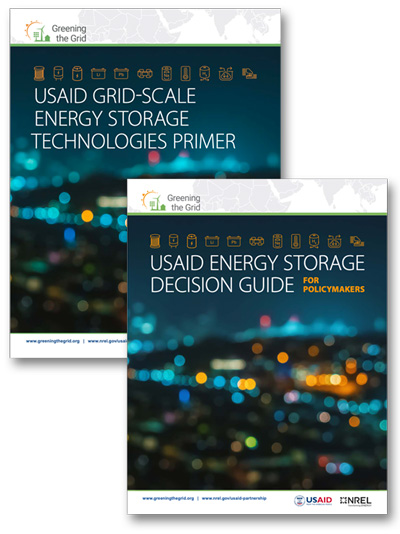Energy Storage Guidebook
Energy Storage Guidebook
Energy storage technologies enable energy to be stored for later use. Historically, energy storage has taken the form of storing water in flooded reservoirs to allow for electricity generation through hydropower when it is needed. However, as power systems around the world bring more renewable energy online, other energy storage technologies such as battery energy storage systems have become more essential to delivering reliable electricity. Advancements in storage technology have lowered costs in recent years. This has made it more viable for utilities, policymakers, and end-use electricity customers to use storage for its grid services, enable increased deployment of variable renewable energy (VRE) resources, and ultimately enable transitions to low-emission, flexible, reliable, resilient power systems.

This guidebook is based on two reports. Click through to explore each report in detail:
How To Use This Guidebook
What Technologies Are Available and How Are They Effective in Power Systems?
This guidebook is intended to inform nontechnical policymakers, regulators, and other power sector stakeholders tasked with making decisions about energy storage technologies, policies, regulations, rules, and standards. As this guidebook focuses on grid-connected energy storage technologies, it covers where energy storage fits among other grid solutions, where and when it can play a role in the power system, how to decide if it is necessary, appropriate, and cost-effective, and how to identify enabling policies to encourage energy storage deployment. The term “grid-connected” implies that the storage system is interconnected to a centralized power system. Issues related to energy storage for mini-grids, as well as off-grid storage systems, are not discussed in this guidebook.


